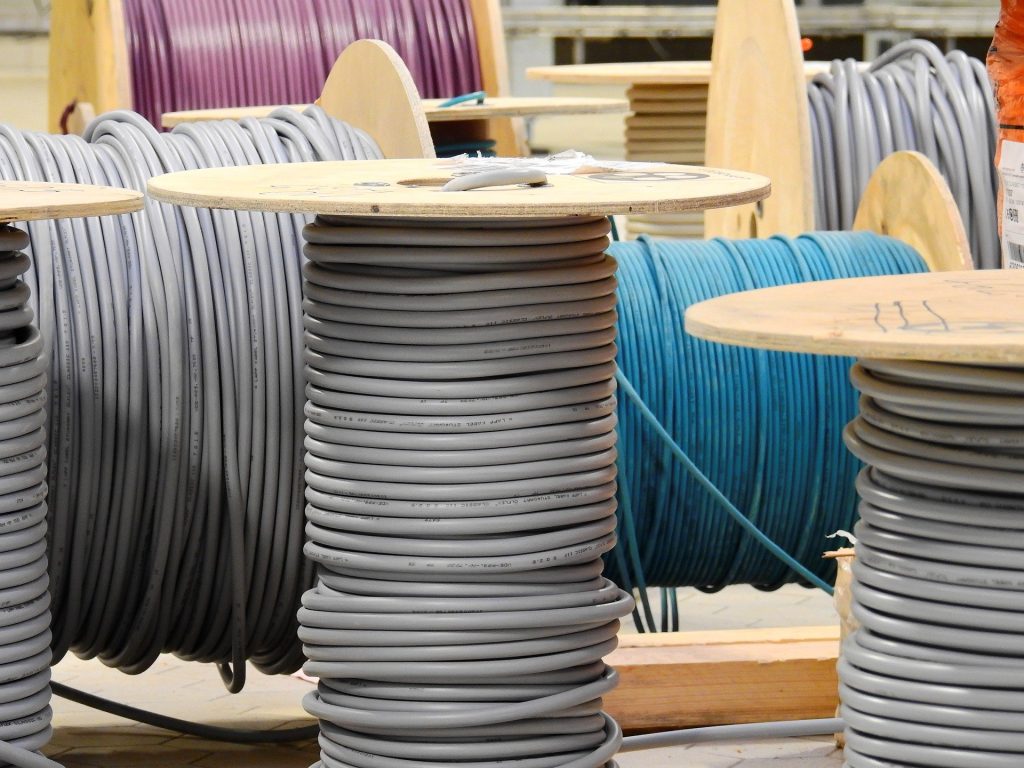Sizing conductors properly is crucial to ensure electrical safety and compliance with regulations. In Canada, the Canadian Electrical Code (CEC) provides guidelines for sizing conductors based on various factors such as load, voltage drop, and temperature ratings. In this article, we will explore the key considerations and steps involved in sizing conductors according to the CEC.
Determine the Load
The first step in sizing conductors is determining the load of the circuit. Consider the connected equipment, appliances, or devices that will be powered by the circuit. Calculate the total load by adding up the individual loads or using approved load calculation methods specified in the CEC.
Identify the connected equipment: Make a list of all the equipment, appliances, or devices that will be connected to the circuit. Consider items such as lighting fixtures, motors, heating or cooling systems, kitchen appliances, and any other electrical loads that will be powered by the circuit.
Determine the power rating: For each piece of equipment, identify its power rating. This information is usually provided on a nameplate or label attached to the equipment. The power rating is typically expressed in watts (W) or kilowatts (kW).
Calculate the load: Once you have the power ratings of all the equipment, add them up to calculate the total load. If the power ratings are in watts, you can simply add them together. If some ratings are in kilowatts, convert them to watts by multiplying the kilowatt value by 1000 before adding them to the total.
Consider diversity factors: In some cases, not all equipment will be running simultaneously or at maximum capacity. Consider any diversity factors that may apply to your specific installation. For example, if it is unlikely that all equipment will be operating at full power simultaneously, you can apply a diversity factor to account for the expected diversity in load.
Apply demand factors if applicable: In certain installations, the CEC may specify demand factors for specific types of loads. These demand factors are used to reduce the calculated load based on the expected usage patterns or operational characteristics of the equipment. If demand factors are applicable, apply them to adjust the calculated load accordingly.
Calculate the Current
Next, calculate the current (amperage) required by the load. Consider any diversity factors, motor starting currents, or other specific requirements. This will help you determine the appropriate wire size that can safely carry the expected load. Refer to our current calculator or our FLA calculator for help.
Select the Wire Size
Once you have determined the current, refer to the ampacity tables provided in the CEC. These tables specify the allowable ampacity for different wire sizes and types, taking into account factors such as the insulation type, number of current-carrying conductors in a raceway or cable, ambient temperature, and derating factors.
Table 2 and 4 – Allowable Ampacities of Less Than 4 Insulated Conductors Rated 0-2000 Volts (Based on 30°C Ambient Temperature and in a Raceway or Cable)
This table provides ampacity values for various sizes of copper and aluminum conductors based on their insulation type and the termination temperature rating. It is commonly used for general-purpose wiring installations. Refer to our wire size calculator to find the ampacity of an insulated conductor that meets the criteria of this table.
Table 1 and 3 – Allowable Ampacities of Single Insulated Conductors Rated 0-5000 Volts in Free Air (Based on 30°C Ambient Temperature)
This table provides ampacity values for different sizes of copper and aluminum conductors when installed in free air, based on a 30°C ambient temperature. It is typically used for overhead or exposed wiring installations.
Table 5A – Allowable Ampacities for Insulated Copper Conductors Rated Up to and Including 2000 Volts, 60°C and 75°C Conductors with 30°C Ambient Temperature
This table provides ampacity values for insulated copper conductors with 60°C and 75°C temperature ratings, based on a 30°C ambient temperature. It is used for specific applications where 60°C or 75°C conductors are required.
Table 5B – Allowable Ampacities for Insulated Copper Conductors Rated Up to and Including 2000 Volts, 90°C Conductors with 30°C Ambient Temperature
This table provides ampacity values for insulated copper conductors with a 90°C temperature rating, based on a 30°C ambient temperature. It is used for applications where 90°C conductors are specified.
Other Specialized Tables:
The CEC includes additional specialized ampacity tables for specific conductor types, installations, and conditions. These may include tables for underground installations, cable trays, motor circuits, derating factors, and more. Consult the relevant sections of the CEC for these specialized tables based on your specific requirements.
Consider Voltage Drop
Voltage drop is an important consideration to ensure the circuit delivers the required voltage to the load. Calculate the maximum allowable voltage drop using the guidelines provided in the CEC. Take into account the length of the circuit, the material and size of the conductors, and the permissible voltage drop percentage for the specific application. Refer to section 8-104 of the CEC for more details.
Evaluate Other Requirements
Besides ampacity and temperature considerations, there are other requirements to keep in mind. Consider the insulation type (e.g., THHN, NM, AC90) and conductor type (copper or aluminum) based on the installation requirements. The CEC may have specific provisions or rules for particular applications or locations that need to be followed.
Sizing conductors according to the Canadian Electrical Code is essential for electrical safety and compliance. By considering factors such as load, voltage drop, temperature ratings, and other requirements, you can ensure that your conductors are properly sized to meet the electrical demands of your installation. Always consult the CEC and work with a qualified professional to ensure compliance and safety in your specific electrical project.
Note: This blog post provides a general overview of sizing conductors according to the CEC 2021. It is essential to consult the latest version of the CEC and work with a qualified electrical professional for accurate and up-to-date information specific to your situation.

